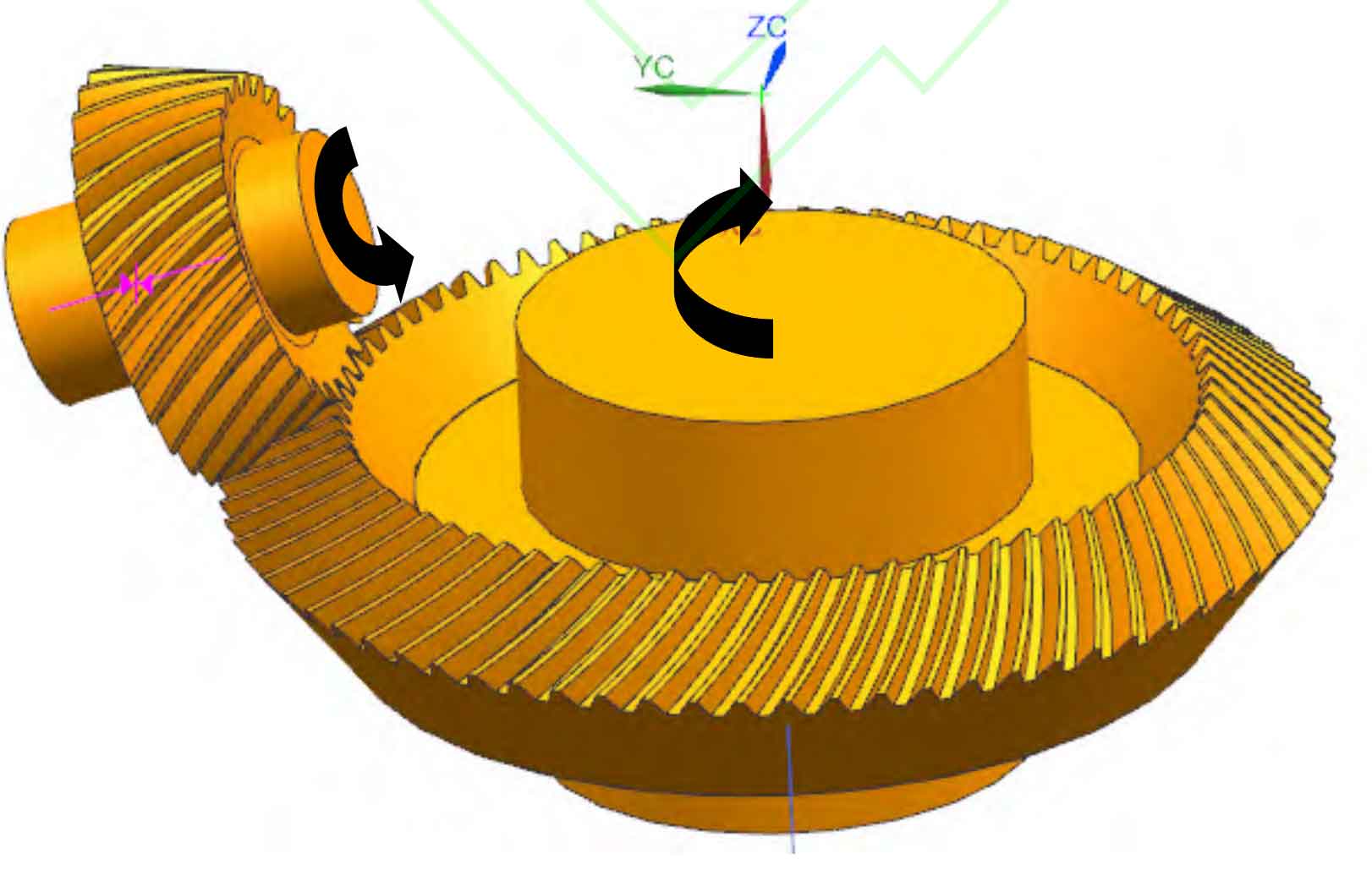
The dynamic model of the input stage tooth pair of an electric vehicle reducer is established, and the time-varying meshing stiffness curve and meshing impact curve calculated in the previous paper are used as the excitation. The vibration characteristics of single-stage helical gear transmission under three different excitation forms, namely, time-varying meshing stiffness single excitation, meshing impact single excitation and both combined excitation, as well as the influence of each excitation component on the vibration characteristics of the system are analyzed.
This paper mainly analyzes the vibration characteristics of single-stage helical gear drive under the excitation of time-varying meshing stiffness alone, meshing impact alone and the combined excitation of the two, and compares the influence of the two excitation factors on the system vibration. The analysis shows that: under the excitation of time-varying meshing stiffness, in the resonance region, the influence of speed change on the system vibration characteristics is not significant; The mean value and amplitude of time-varying meshing stiffness have great influence on the vibration characteristics of the system, and the mean value of time-varying meshing stiffness will change the resonant speed of the system, while the amplitude of time-varying meshing stiffness will not change the resonant speed of the system; Under the meshing impact excitation, in the non resonant region, the system vibration increases significantly with the increase of rotating speed, and the meshing impact time has an obvious effect on the system vibration; Under the combined excitation, the helical gear vibration increases significantly with the increase of the rotating speed, but the increasing trend is slower than that under the meshing impact alone; In the over resonance region, the meshing impact becomes the main excitation component of the system.
